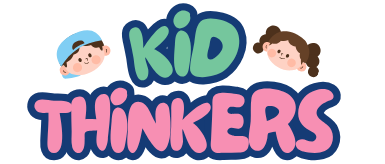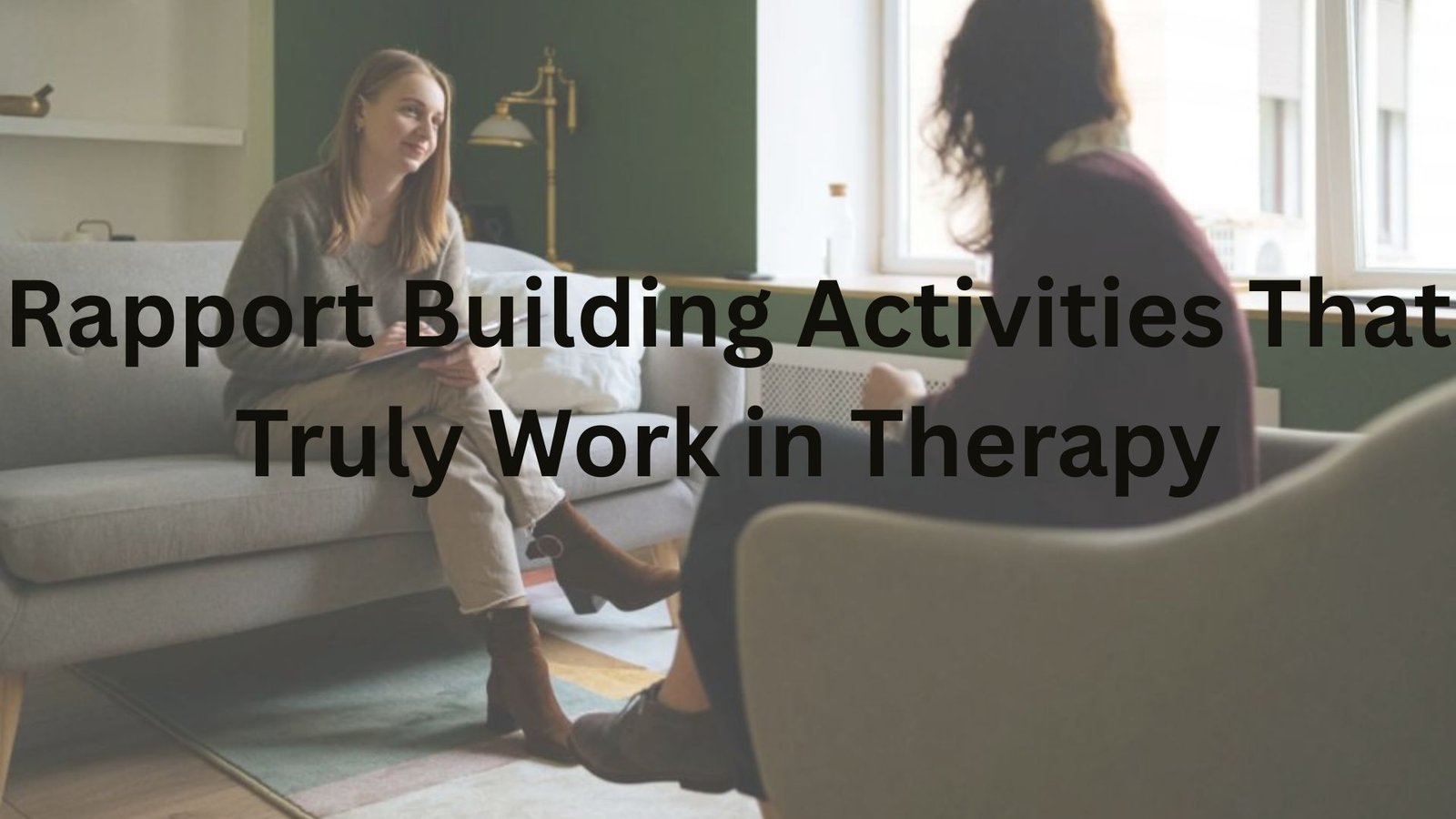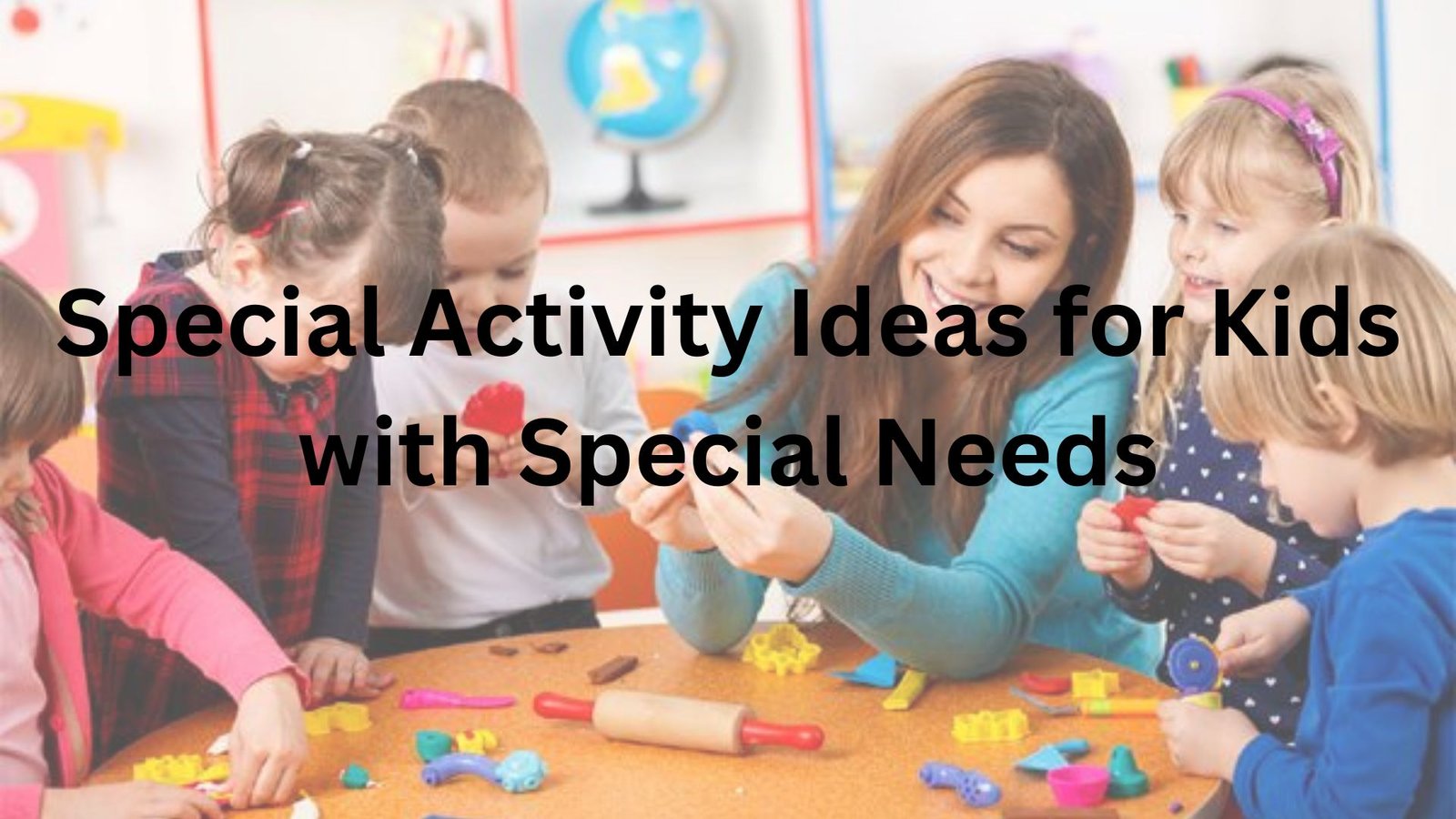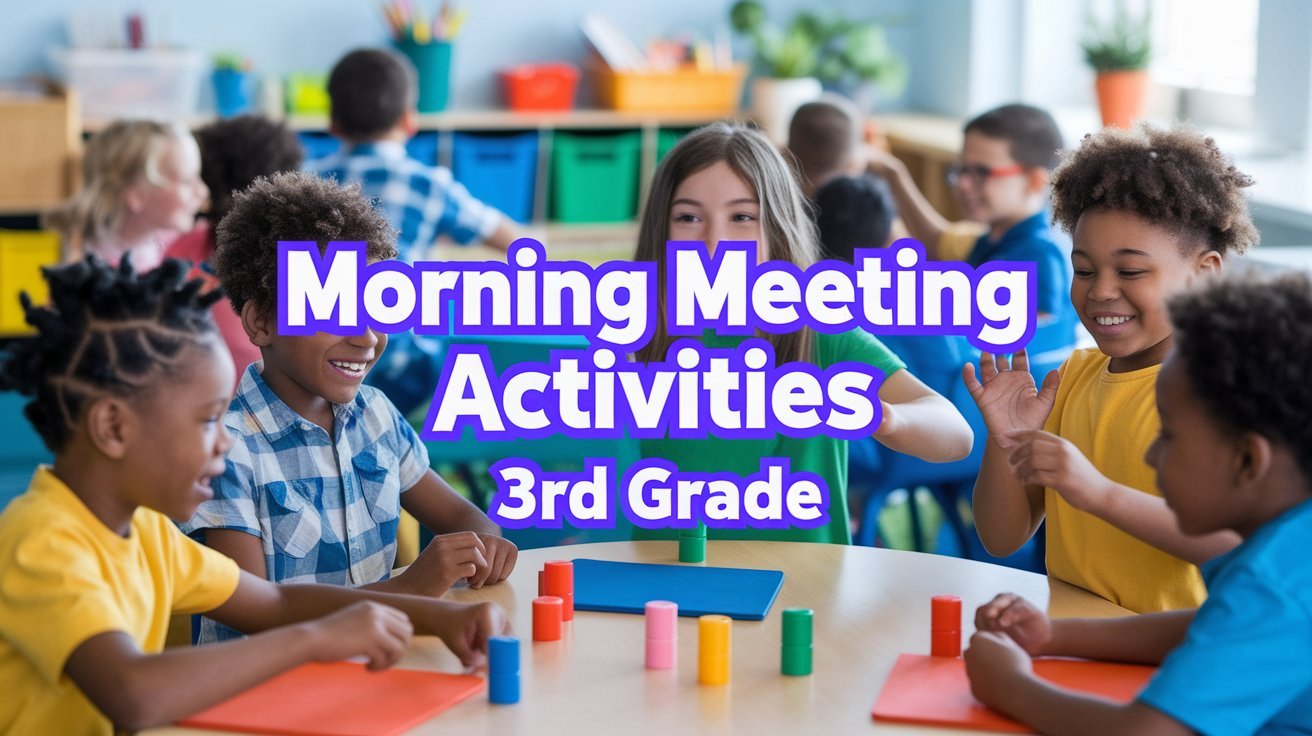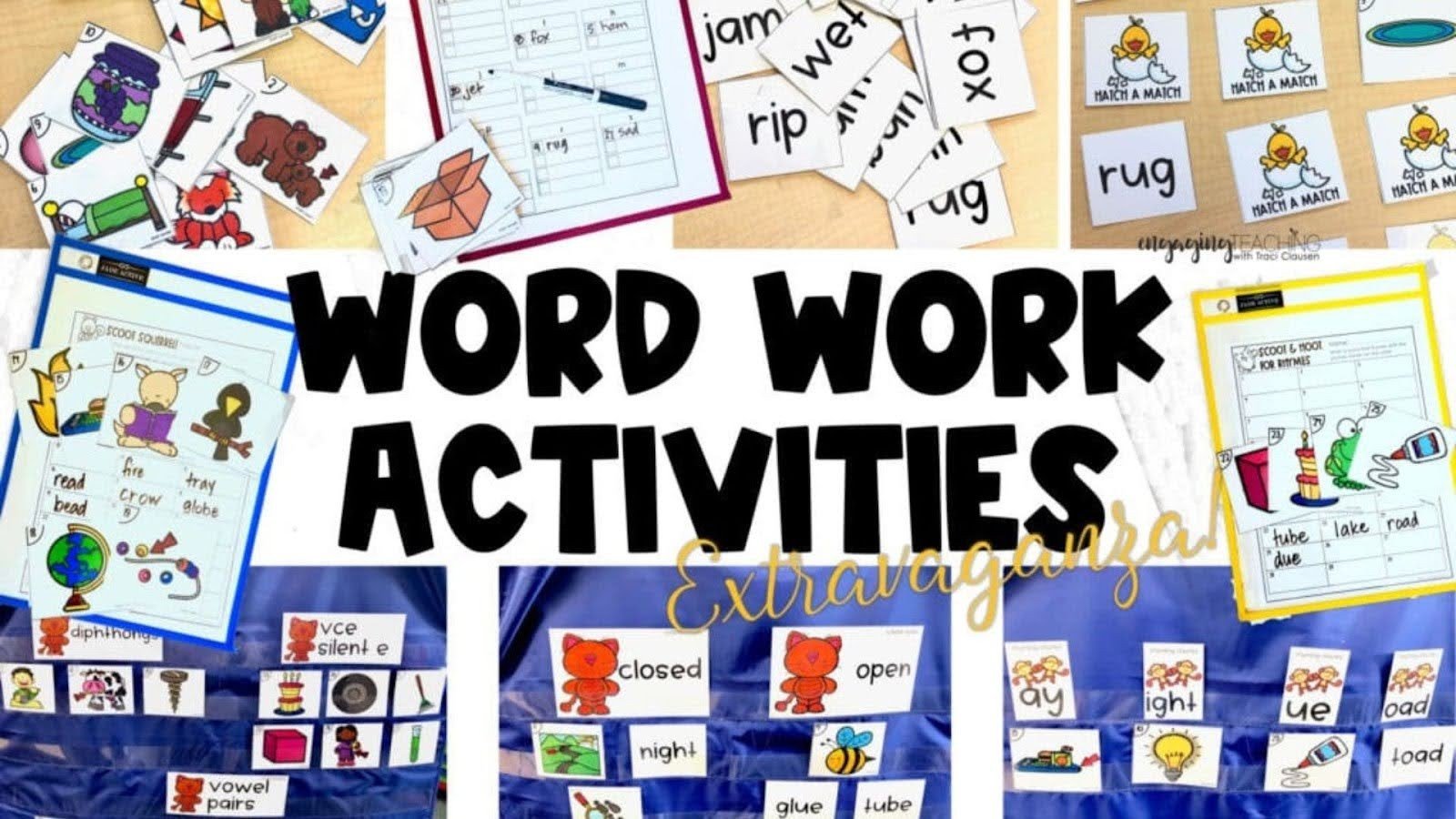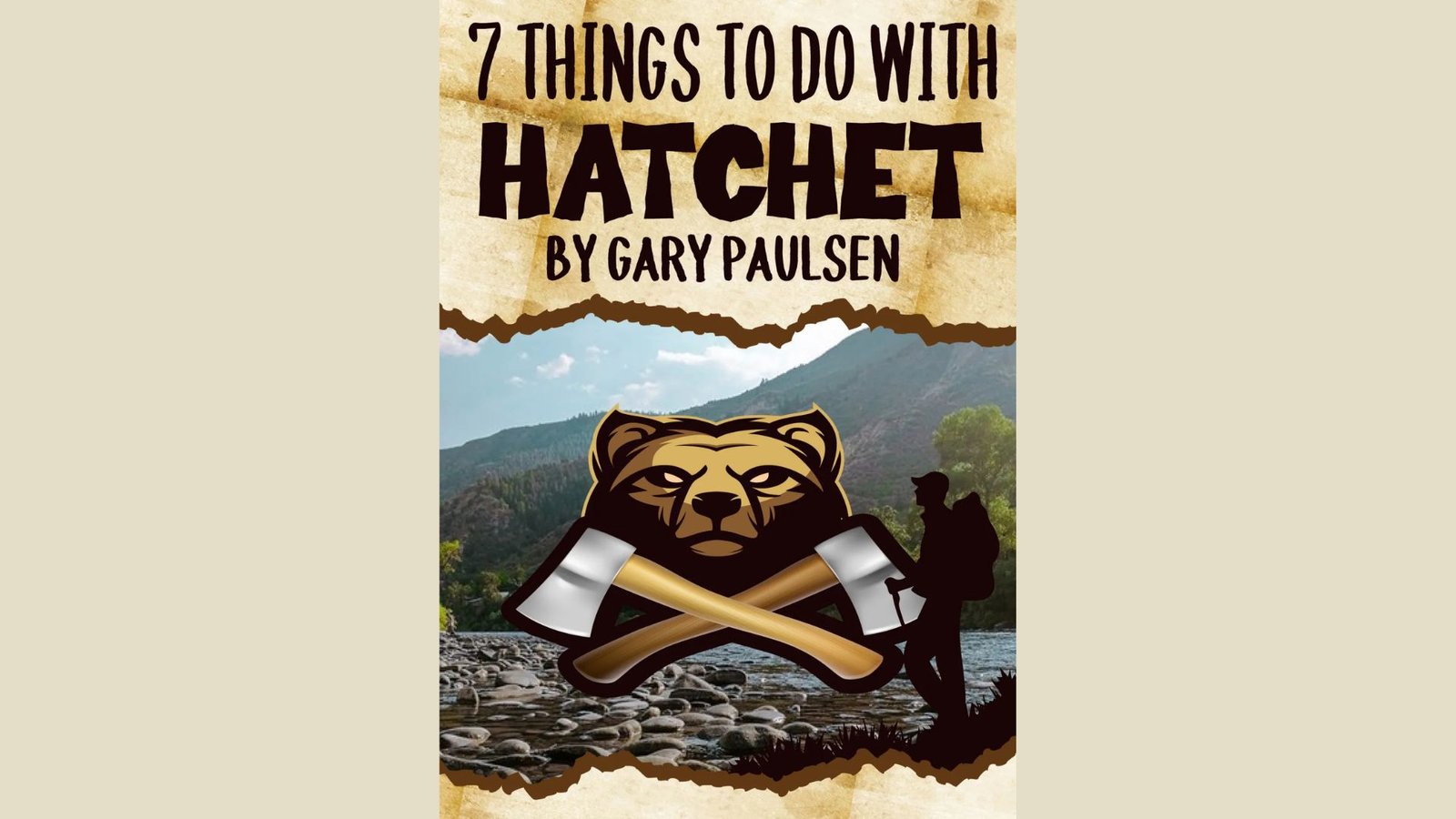The counselor must make a concentrated effort to build rapport with the client within the relationship.
Rapport-building activities are exercises that occur between a counselor and a client to establish the groundwork of a trusting and communicative relationship.
These activities motivate because better relationships yield better outcomes. Therapists, counselors, and group leaders report about how their clients open up and engage more honestly as they pursue their goals.
This post explains the effectiveness of these strategies along with seven exercises for practice. You will also learn how to customize the strategies to work in your specific context.
Understanding Rapport Building in Counseling

Rapport-building activities are planned exercises that help people connect in counseling settings. They have clear goals: building trust, creating safety, and starting real communication between counselor and client.
A strong rapport is the base of all good counseling work. Without it, clients hold back and don’t share what really matters. They might drop out of therapy early or go through the motions without real change. When rapport exists, clients feel comfortable being vulnerable. They trust the process and their counselor.
The difference between rapport and friendliness matters. Being friendly means being nice and approachable. Rapport goes deeper. It means the client feels truly heard, understood, and safe enough to share difficult things.
These activities work best during the first sessions when you’re meeting someone new. They’re helpful in group counseling to build connections between members. Use them after long breaks in therapy or when starting a new phase of work. You can adapt most rapport-building activities for any setting, whether virtual or in-person.
The HEAR Framework for Building Rapport

The HEAR framework guides effective rapport building in all your sessions. This approach helps you stay focused on what matters most.
H stands for Honesty. Be authentic with clients. Don’t pretend or put on a professional mask that feels fake. Clients can tell when you’re not being genuine.
E means Empathy. Show you understand their feelings and experiences. This goes beyond sympathy. It means stepping into their shoes and seeing things from their view.
A represents Autonomy. Respect client choices and control. They’re the experts on their own lives. Your job is to guide, not dictate. Let them make their own decisions about what to share and when.
R is for Reflection. Help clients think about their experiences in new ways. Ask questions that make them pause and consider. Reflect what you hear so they feel understood.
Use this framework as a guide for choosing and running rapport-building activities. Activities that include these four elements work better than ones that don’t.
Rapport Building Activities for Counseling Sessions
Here are seven proven activities that build strong connections. Pick the ones that fit your clients and your style.
Two Truths and a Lie
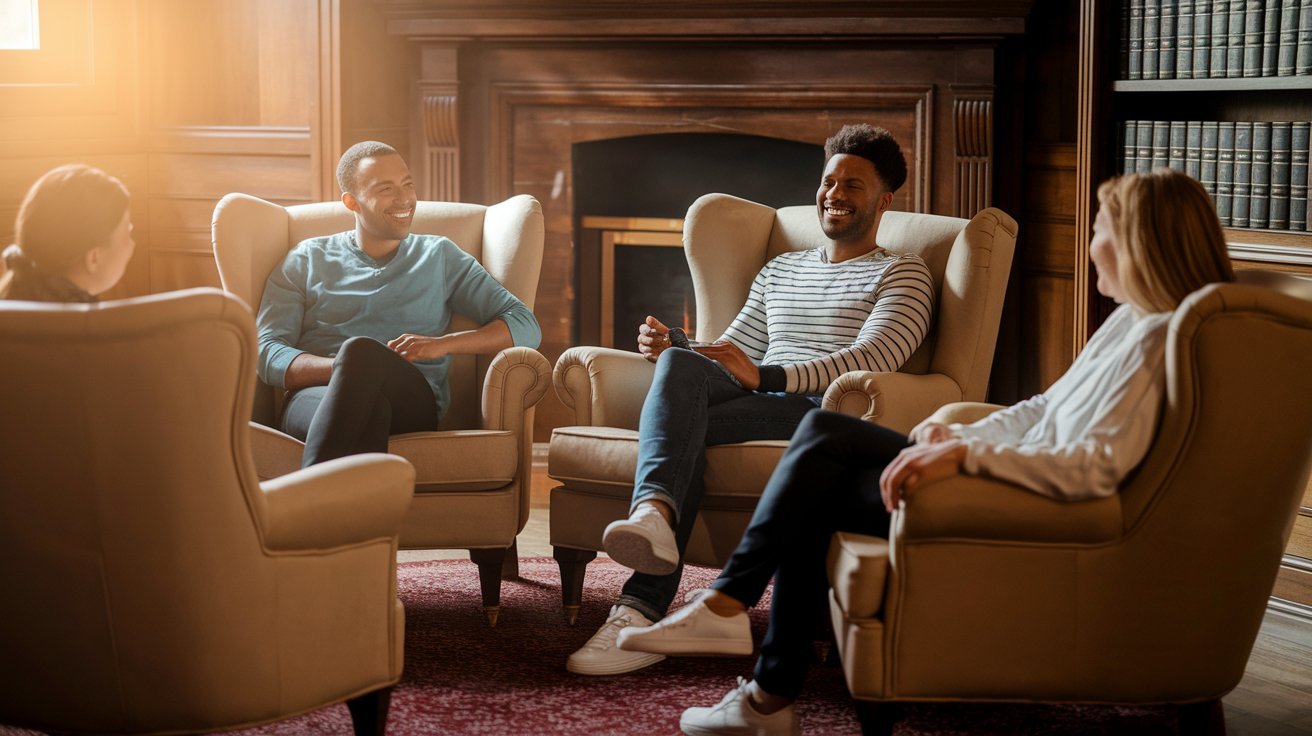
This classic game asks each person to share three statements about themselves. Two statements are true. One is false. Others guess which statement is the lie.
This activity works because it lets people control what they share. They pick their own comfort level. It adds a playful element that reduces anxiety. People learn interesting facts about each other quickly.
It’s perfect for group sessions and first meetings. Keep the statements light and appropriate. Set clear guidelines about what topics are okay. For example, keep it to hobbies, experiences, or fun facts, nothing too personal at first.
All About Me Worksheet
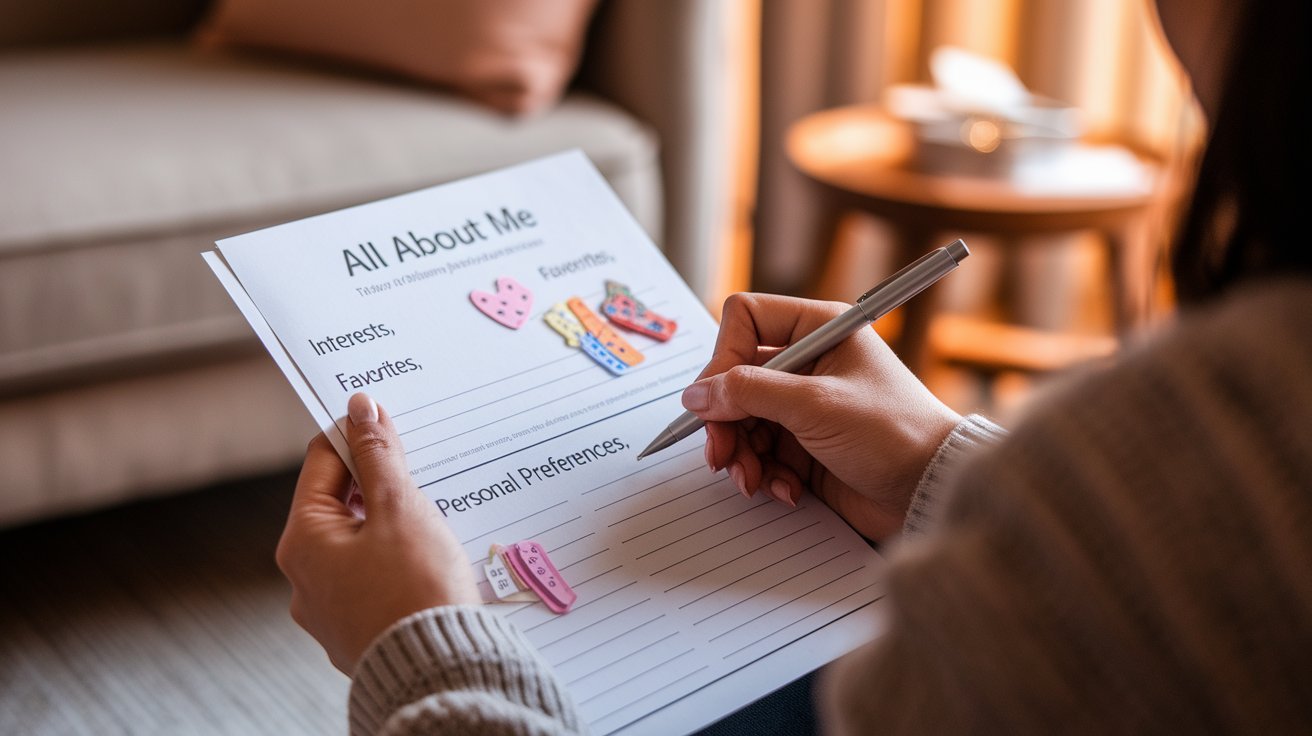
This activity uses a worksheet with prompts about interests, favorites, and personal preferences. Questions might include “My favorite food is…” or “One thing that makes me happy is…” Clients fill it out and share what they’re comfortable sharing.
Worksheets provide structure for people who struggle with open-ended sharing. They control the pace and depth of disclosure. Young clients especially like having something concrete to work with. The visual format helps them organize their thoughts.
You can change this activity for different ages. Kids might draw pictures or use stickers. Teens might prefer writing or typing. Adults can answer more complex questions. Some counselors create themed worksheets about goals, strengths, or family.
Reflection Questions Activity

This activity uses carefully chosen questions that help clients think about themselves. You might ask, “What’s one thing you’re proud of?” or “When do you feel most like yourself?” Clients answer one question at a time, and you discuss their responses.
Good reflection questions are open-ended but specific. They invite honest answers without demanding them. Questions should feel interesting, not like a test. Avoid yes/no questions. Instead, use questions that start with “what,” “how,” or “when.”
This activity builds a deeper rapport because it shows you care about clients’ inner worlds. It’s not just about facts. It’s about feelings and experiences. Create safety by answering questions yourself first sometimes. This model’s openness.
Collaborative Art Project or Puzzle
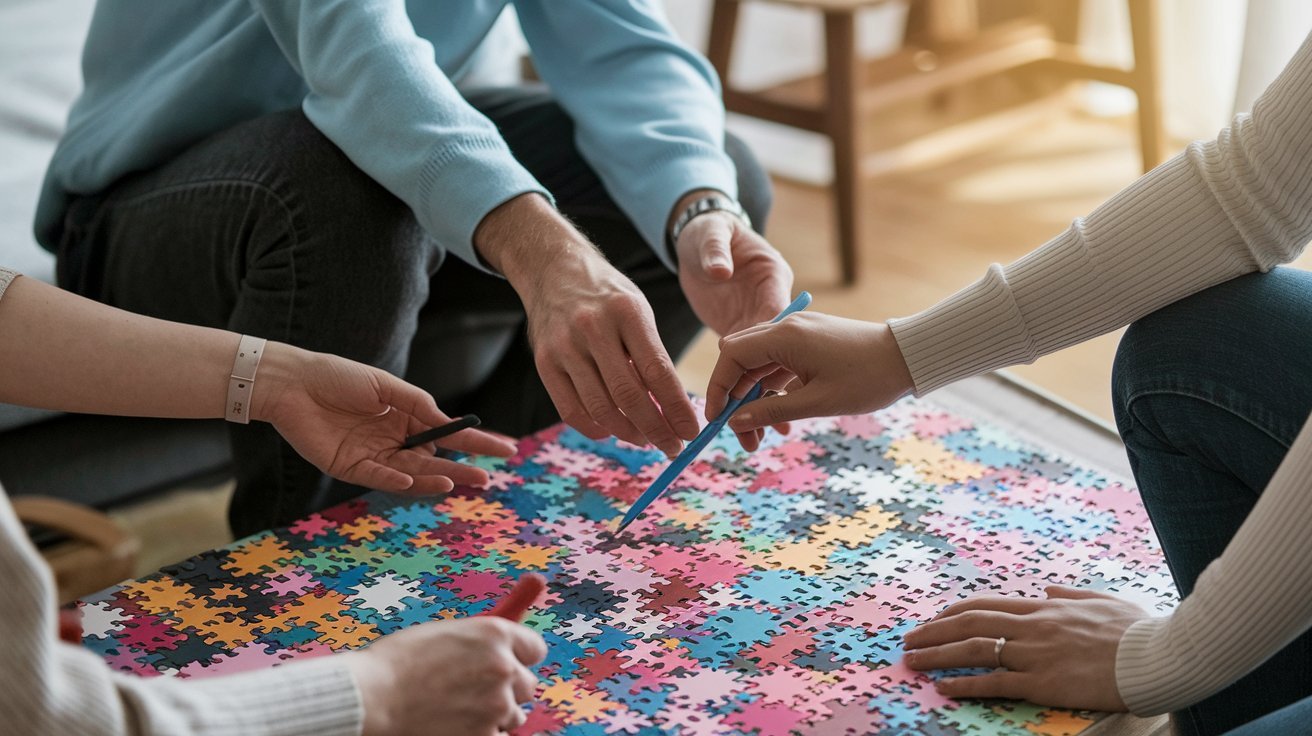
This activity involves working together on something creative. You might work on a puzzle, color a large coloring page together, or create a collage. The shared goal creates natural conversation.
Working side by side on a task reduces pressure. People don’t have to make constant eye contact. This helps anxious or shy clients relax. The activity becomes a “third thing” in the room that takes some focus away from the intensity of therapy.
Non-verbal connection happens through this work. You see how someone approaches problems. You notice their patience, creativity, or frustration. These observations help you understand them better.
Rapport Building Card and Board Games

Structured games designed for counseling make rapport-building easier. Jenga with questions written on blocks is one example. Players pull a block and answer the question on it. Conversation card decks made for therapy also work well.
Games help reluctant clients open up. The game format feels less serious than direct questions. It’s “just playing” even though meaningful sharing happens. This works especially well with teens and kids who resist traditional talk therapy.
Games naturally lower defenses. People focus on playing, and conversations flow more easily. The structure takes away the awkwardness of “What do we talk about now?” Choose games that match your client’s age and interests. Keep the mood light. Remember that the game is a tool, not the main goal.
Circle Activities (Restorative Circles)
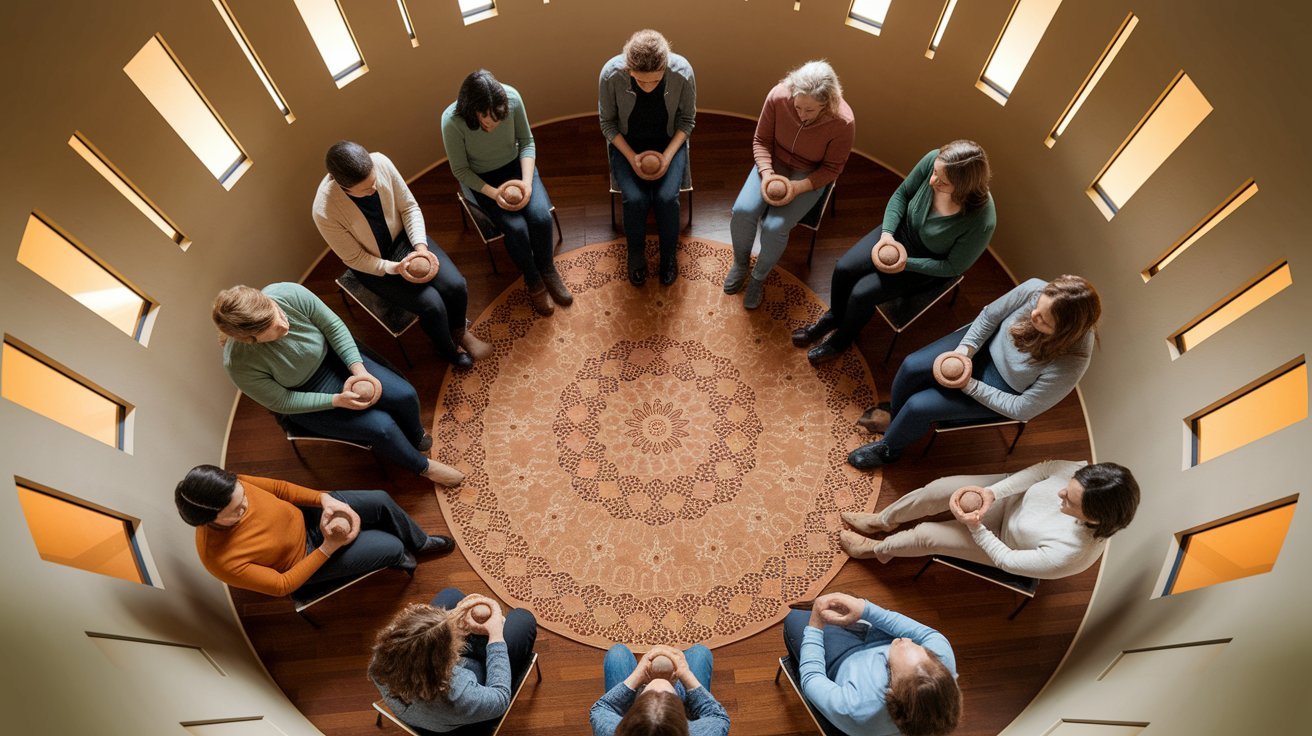
Restorative circles come from restorative justice practices. Everyone sits in a circle. A talking piece (like a stone or small object) gets passed around. Only the person holding it speaks. Others listen without interrupting.
Circles create equal participation. No one person is more important. Everyone gets the same chance to share. This format works great for groups where power imbalances exist. It helps quieter members speak up.
Circles work beyond just building rapport. They help resolve conflicts, process difficult experiences, or celebrate successes. The format creates a sense of ceremony and respect. Many groups begin or end every session this way as a ritual.
Name Scrabble or Name-Based Activities
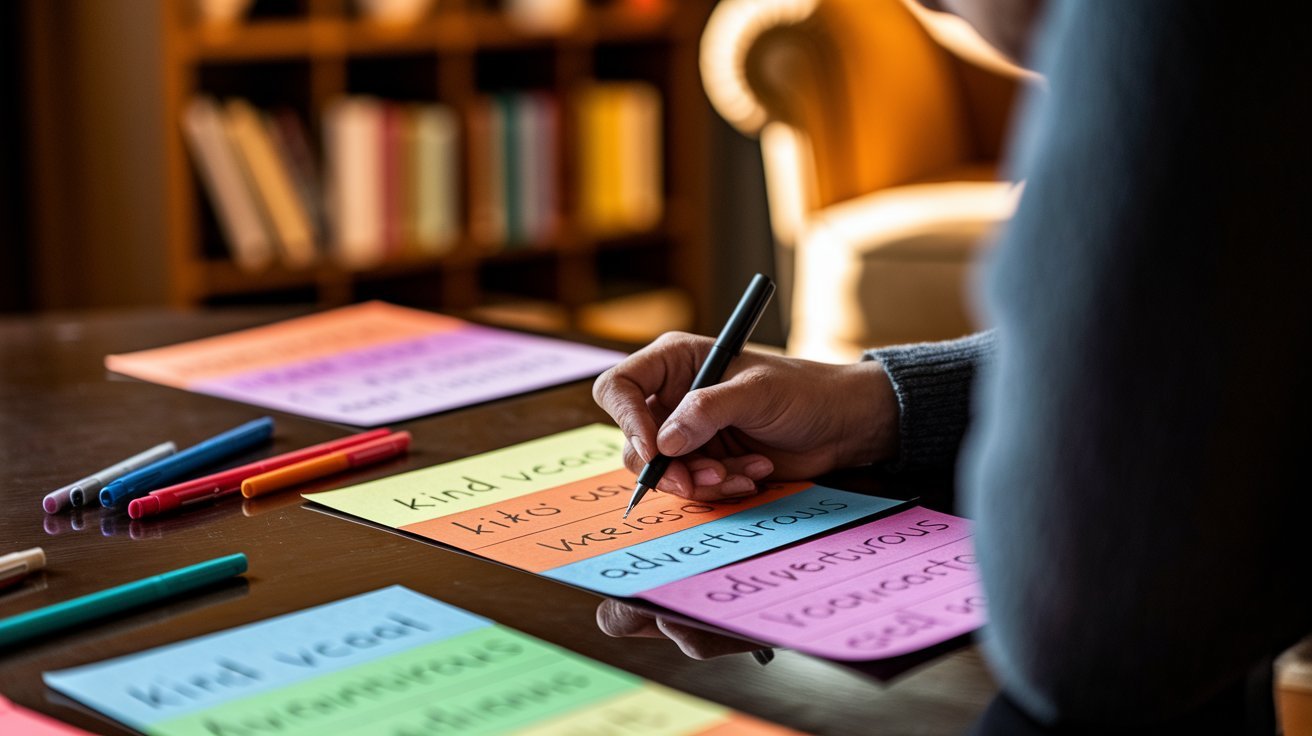
In this activity, write names vertically down a page. Then find words that start with each letter and describe the person. For example, “SARAH” might become “Strong, Artistic, Reliable, Adventurous, Honest.” Groups can do this for each member.
Names matter. Using someone’s name correctly shows respect. This activity helps everyone learn names quickly. It also shows that each person is unique and valued. The words chosen reveal how people see themselves or each other.
This activity works as a symbol for how different people come together to create something whole. Each person brings different qualities. Together, they form a complete group. You can adapt this for pairs or individuals.
Frequently Asked Questions
How long should rapport-building take before addressing the main issue?
Rapport building happens throughout therapy, not just at the start. Spend 1-3 sessions focusing heavily on it, then maintain it ongoing basis.
What if a client refuses to participate in rapport-building activities?
Respect their choice. Try a different activity or skip it. Some clients prefer to build rapport through regular conversation. Follow their lead.
Can rapport-building activities work in telehealth sessions?
Yes. Many activities adapt easily to video sessions. Use virtual whiteboards, share screens with worksheets, or play online games designed for groups.
How do I know when I’ve established enough rapport to move forward?
Clients share more freely. They show up consistently. They seem relaxed in sessions. They bring up difficult topics without much prompting.
Are rapport-building activities appropriate for all types of counseling?
Most types benefit from them. Use judgment in crises where immediate intervention matters more. Otherwise, they work across settings and approaches.
